No matter how you look at it, Led Zeppelin are one of the greatest rock bands of all time.
From their wild onstage antics, Robert Plant’s mind-blowing voice, the wicked guitar solos of Jimmy Page, and the utter insanity that was John Bonham’s drumming, the group definitely made their mark on the world of music.
But have you ever looked at their discography and wondered which is the best?
We’ve decided to take a look back at all the records released by the iconic rockers and rank them from worst to best.
Of course, have to stress just how inappropriate the word ‘worst’ is in the context of a band like Led Zeppelin and, with everyone in the office being a passionate fan, it turned into a pretty long discussion. In the end, though, we managed to agree on the following list.
Coda (1982)
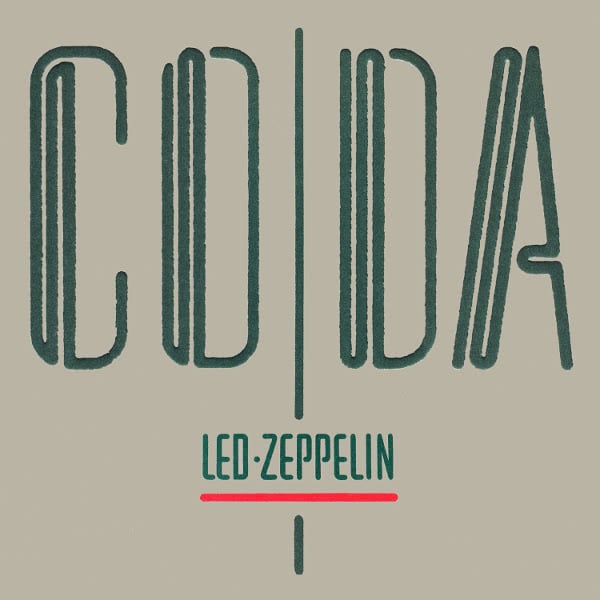
It goes without saying that John Bonham’s tragic and untimely death in 1980 put an end to the intrepid band. However, the group weren’t willing to let Bonzo’s death get in the way of giving their fans one last collection of studio material. Often called a compilation rather than an album, the fittingly-titled Coda collected unheard tracks from the group’s twelve-year career.
Love Classic Rock?
Get the latest Classic Rock news, features, updates and giveaways straight to your inbox Learn more
As Jimmy Page explained of the record’s release, “Coda was released, basically, because there was so much bootleg stuff out. We thought, ‘Well, if there’s that much interest, then we may as well put the rest of our studio stuff out’.” Despite the less-than-stellar reception that the record received, it did manage to give us the likes of ‘Bonzo’s Montreux’, a four-minute drum solo by Bonham which showcases why he was one of the greatest of all time.

In Through the Out Door (1979)
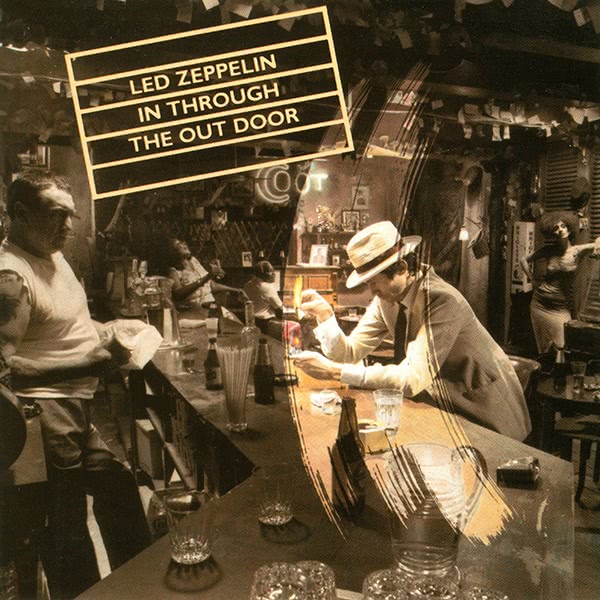
When In Through The Out Door was recorded in 1978, Led Zeppelin weren’t really in a good place. With Robert Plant having gone through a traumatic car accident, and Jimmy Page’s son having tragically passed away, the group also had been through pressure from the tax man as well, leaving them burnt out from the music industry, and unable to function as well as they had previously.
While the music was handled predominantly by Robert Plant and bassist John Paul Jones during this period, it gave Led Zeppelin a chance to flirt with the experimental, allowing them to craft the out-of-character, but still formidable ‘Fool In The Rain’.

Presence (1976)
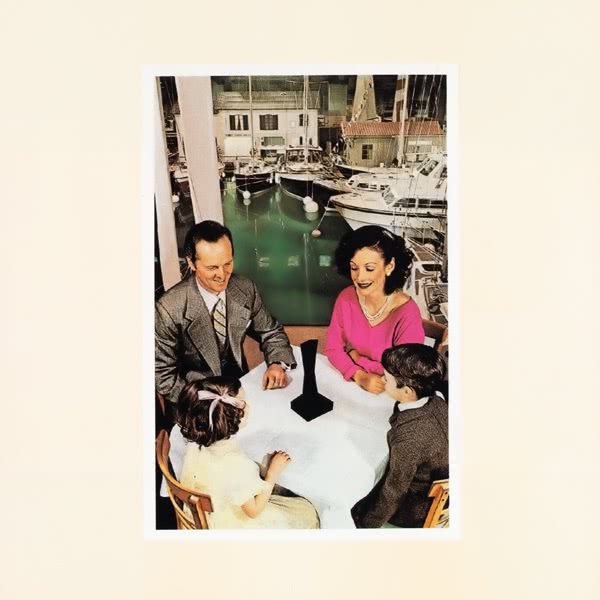
Like In Through The Out Door, Presence was recorded during a period of time when Robert Plant was recovering from a car accident, with the normally charismatic frontman recording his vocals from the confines of a wheelchair. Despite this, the record still sounds like classic Led Zeppelin, though its sales ended up being some of the worst the group had seen during their career.
Due to the strong presence (no pun intended) of Jimmy Page throughout the recording of the record, the record sounds less like a group effort, and more of a bluesy solo record from the guitarist. With John Bonham throwing down some stunning rhythmic answers to Page’s blistering guitar-work on tracks like ‘Achilles’ Last Stand’ and ‘Nobody’s Fault But Mine’, Presence still shows Led Zeppelin as the dominant force they always were.

Led Zeppelin III (1970)
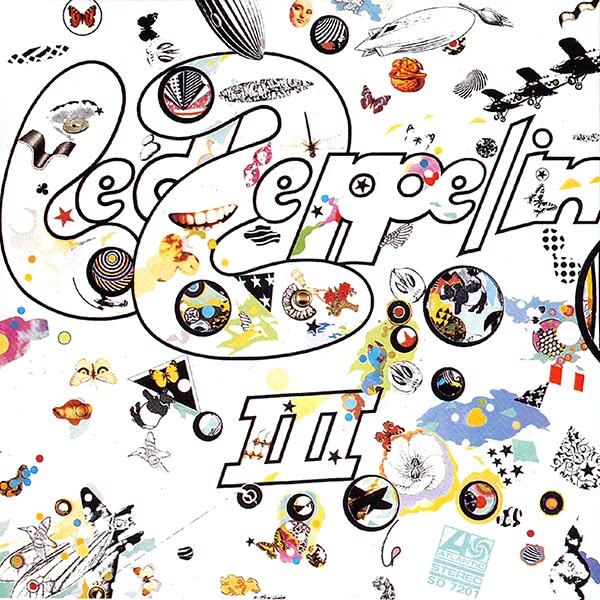
After having made a name for themselves with the blues-rock of their first two records, Led Zeppelin decided to make a bit of a stylistic departure when they shacked up at the Headley Grange mansion to record Led Zeppelin III.
Often considered a bit of a dark horse in the group’s discography, the record is full of acoustic instrumentation, inspired by the likes of folk guitarists Davey Graham and Bert Jansch. Despite this, the record still manages to kick off with the thundering ‘Immigrant Song’, arguably one of the group’s finest moments, and serving as the party-starter before you’re brought back down to Earth with tracks like ‘Bron-Y-Aur Stomp’ and ‘Gallows Pole’.

Led Zeppelin (1969)
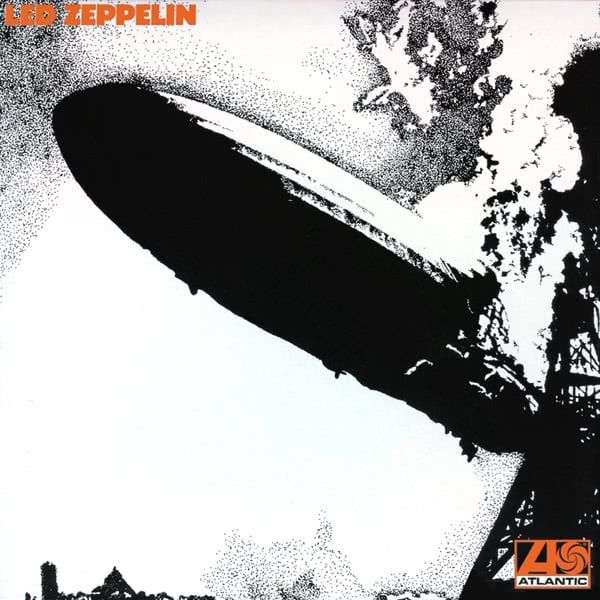
Here’s where it all began for the band, back when they were just a bunch of fresh-faced youngsters who, just a couple of years earlier, had been cutting their teeth in different groups. Combining their loves of blues-rock with their ever-present talent, the group hit the studio in 1968 to craft a record that would kickstart one of the biggest music careers ever.
The band’s self-titled debut made a powerful statement from the outset, from its covert artwork of the Hindenburg disaster, to the raw one-two punch of opening track ‘Good Times Bad Times’, Led Zeppelin had arrived. While many would claim that the group’s sound was more derivative than original during this time, with their songs showing great influence to their blues idols, even Jimmy Page cites the group’s second record as the point where it all starts to take shape.

Houses Of The Holy (1973)
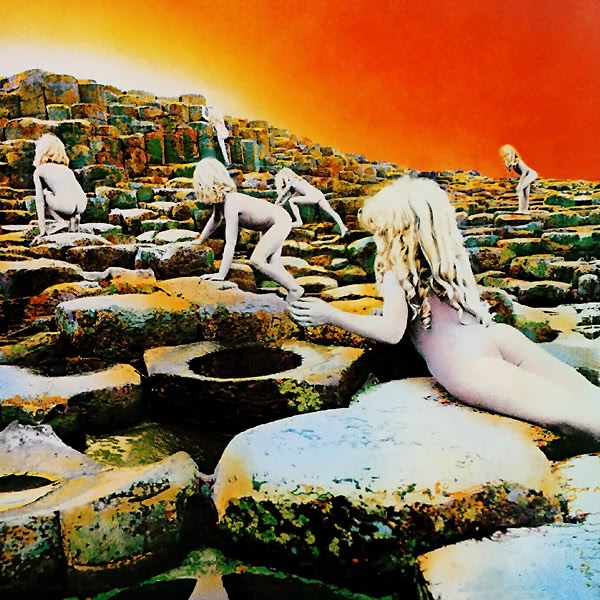
By 1973, Led Zeppelin had pushed themselves to deliver four stunning albums, but they were yet to see what could happen when you pushed the recording studio itself. A departure from their more simplistic sounds of earlier albums, Houses Of The Holy was an ambitious number that saw the group begin to experiment with production techniques, dividing their fanbase almost straight down the middle in the process.
While the record was both a critical and technological success, some fans criticised the record for its rather unfocused sound which seemed to lack cohesion, while others praised the record as sounding exactly like the album that Led Zeppelin were born to make. While fans were divided upon release, almost 50 years laters, the record is considered not only one of the band’s finest moments, but also one of the greatest records of all time, and rightly so.

Physical Graffiti (1975)
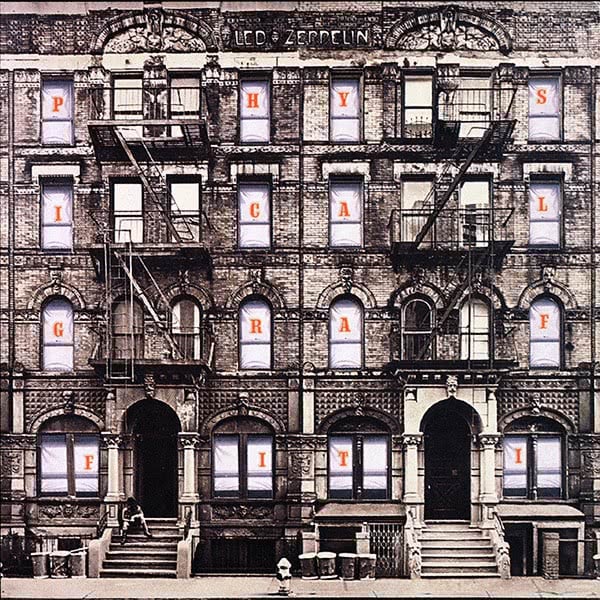
Released as a double album in 1975, Physical Graffiti was the band’s longest and most ambitious record to date. While double albums were already considered hit or miss by this point, fans were undoubtedly cautious about what this 83-minute collection had in store for them. Thankfully, they were not just surprised, but stunned at the glorious package of auditory goodness that was coming their way.
With songs that span between almost every genre, Physical Graffiti consisted of studio tracks and a handful of outtakes, resulting in a collection that serves almost like a retrospective of the group’s recorded output rather than a studio album. Featuring stunning highlights like ‘Trampled Under Foot’ and the exceptional ‘Kashmir’, there’s a reason that many people point towards this record as the moment at which Led Zeppelin’s career peaked.

Led Zeppelin II (1969)
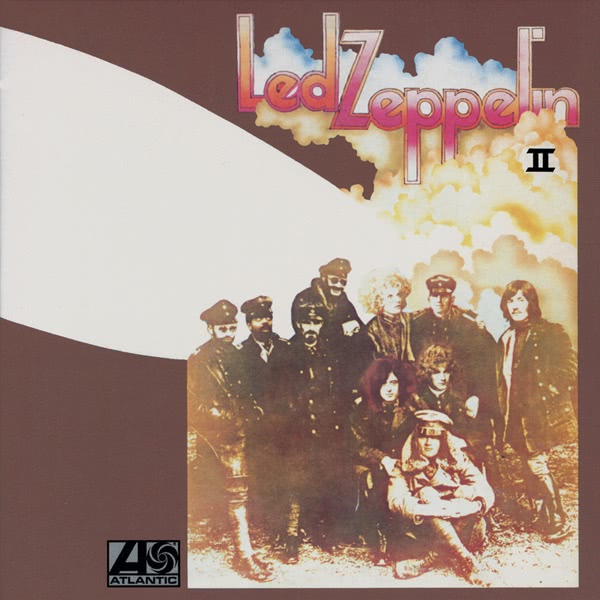
Led Zeppelin’s debut record had barely hit the shelves by the time they started recording this one, with the majority of the record being written while the group were out on tour. While their first record had seen them showcasing their love of blues-rock and turning the volume up a little bit, Led Zeppelin II was where the group decided to kick into overdrive, turning it up another notch and truly making a name for themselves.
From the second that the album bursts into ‘Whole Lotta Love’, the listener knows they’re in for something special. As the album continues into the likes ‘Living Loving Maid (She’s Just a Woman)’, ‘Ramble On’, and the unforgettable riff of ‘Heartbreaker’, it becomes clear that this was the point where Led Zeppelin were at their ferocious best, wowing their audience with a stunning second record before they unleashed their magnum opus just a couple of years later.

Led Zeppelin IV (1971)
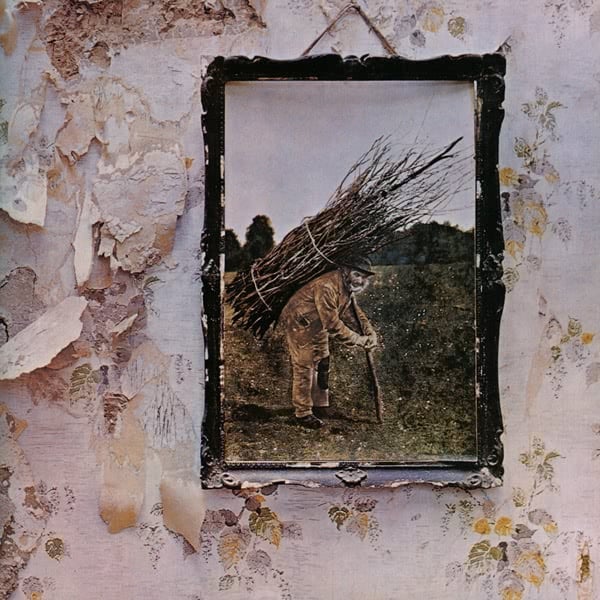
To many, choosing Led Zeppelin IV as their favourite album by the group is an easy answer, but if you sit down and give the whole thing a listen, it’s easy to see why its so brilliant. Written and recording following the rather subdued reception to their self-titled third album, this (officially untitled) record served as the group’s answer to their critics, showing what they can do when every facet of their musical being comes together in perfect cohesive harmony.
Kicking things off with the almost call-and-response ‘Black Dog’, the record starts out strong, barrelling into the unrelenting ‘Rock And Roll’, before descending into the orchestral, Lord Of The Rings-inspired ‘The Battle Of Evermore’. From there, the stage is set for what is considered the group’s finest moment, ‘Stairway To Heaven’, and it becomes sufficiently clear just from this track alone why the group deserve the title of rock gods.
As the record continues through the likes of ‘Misty Mountain Hop’, ‘Four Sticks’, and ‘Going To California’, it finished up with what is often considered one of the group’s greatest achievements: their cover of ‘When The Levee Breaks’. With their swirling guitar sounds, astonishing vocals, and famously menacing drum sounds, the track concludes what is arguably the greatest release from the group, wrapping up a record that can only be described as perfect.




































